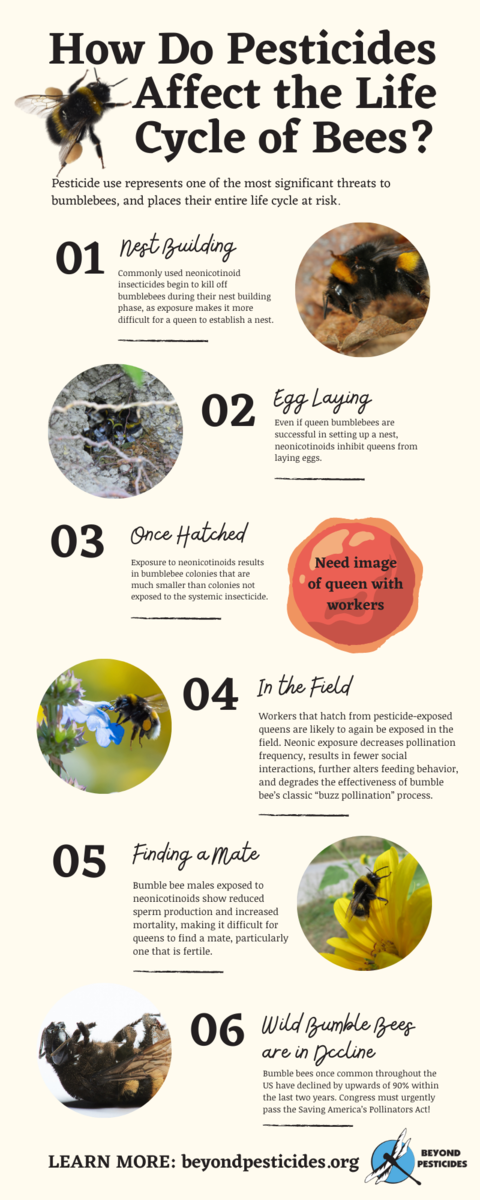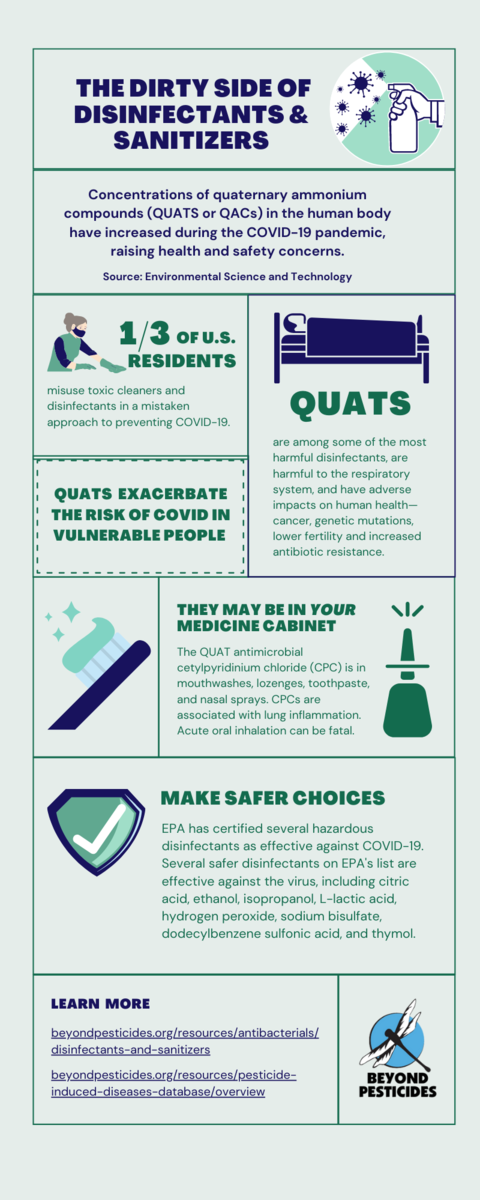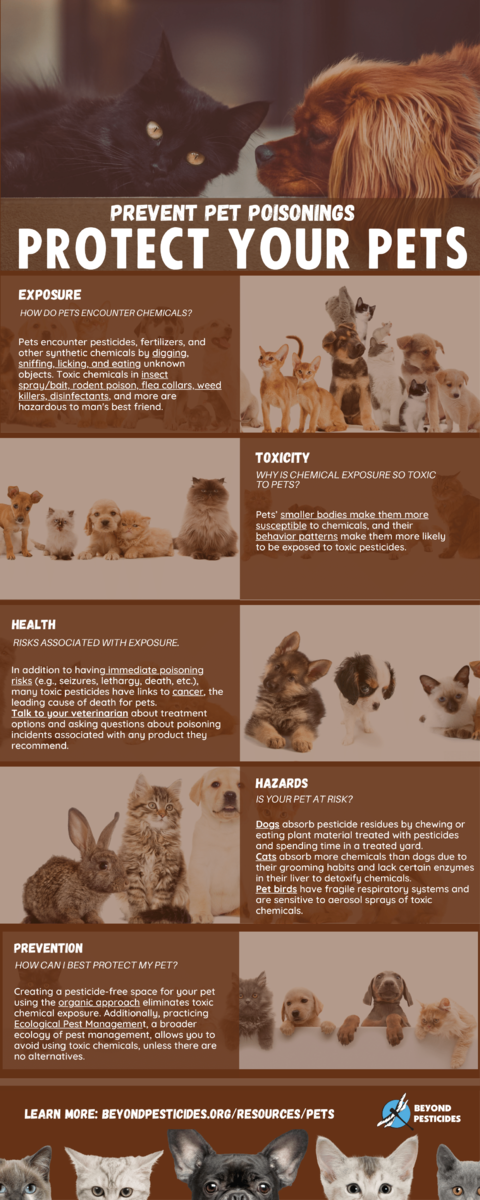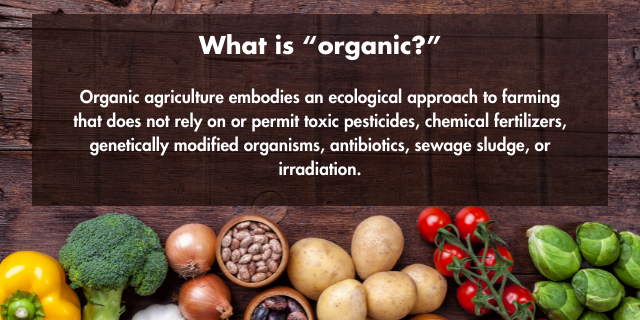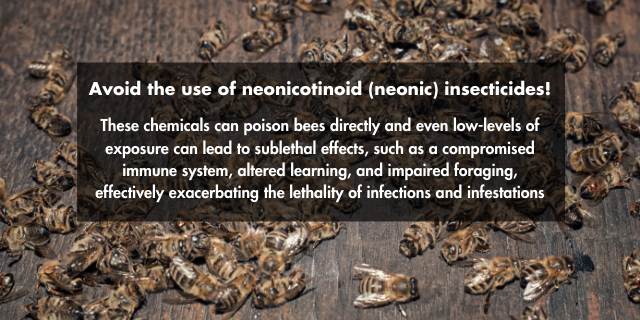Spring Into Action
Grow Your Garden!
It’s time to think about gardening!
Growing your own food can be a transformative experience. Whether you live in the city and only have room for a few window pots of herbs, or you live in the country where you can set up a backyard garden to provide nearly all your produce needs, growing your own food organically is worth a try.
If you want to grow your own vegetables/fruits to eat or flowers for pollinators, make sure that your seeds and plants are free from harmful pesticides. Often, seeds and plants in many garden centers across the country are grown from seeds coated with toxic fungicides and bee-harming neonicotinoid pesticides, or drenched with them. Ensure a pesticide-free garden by planting organic seeds and plants!
Index
I. Infographic Resources for Your Spring Garden.
Helpful Infographic Resources for the Spring
 Organic Gardening 101: Residential
Organic Gardening 101: Residential
Synthetic fertilizers and chemical pesticides lead to undesirable conditions that restrict water and air movement in the soil. High nitrogen fertilizers can disrupt the nutrient balance, accelerate turf growth, increase the need for mowing and contribute to thatch buildup.
Why Plant Organic?
- Pesticides have many uses in homes and communities without comprehensive public knowledge about the harm they cause. A growing body of evidence in the scientific literature (documented in Beyond Pesticides' Pesticide-Induce Diseases Database) shows that pesticide exposure can adversely affect neurological, respiratory, immune, and endocrine systems in humans, even at low levels.
- Children are especially sensitive to pesticide exposure because they (1) take up more pesticides (relative to their body weight) than do adults, and (2) have developing organ systems that are more vulnerable to pesticide impacts and less able to detoxify harmful chemicals.
- Furthermore, pets encounter pesticides by digging, sniffing, licking, and eating unknown objects. Toxic chemicals in insect sprays and baits, rodent poison, flea collars, weed killers, disinfectants, and more are also hazardous to our companion animals.
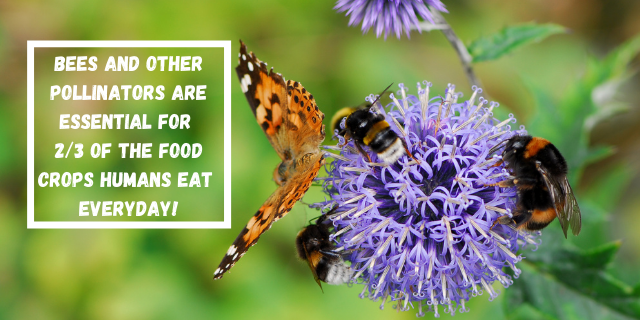
- As bees, butterflies, bats, and other pollinators suffer serious declines in their populations, we urge people and communities should plant a pesticide-free habitat that supports pollinator populations and has provided information in our BEE Protective Habitat Guide.
- Become a Beekeeper in your own backyard: Backyard Beekeeping: Pollinator habitat one yard at a time!
- Neonicotinoids are a class of insecticides that are systemic and resemble the effects of nicotine. Neonicotinoid seeds and plants are most common. However, birds can mistakenly eat seeds as a food source, causing many adverse effects, including effects on reproductive function and egg formation, and even death. For more information on the dangers of neonicotinoid-coated seeds, see Beyond Pesticides’ video Seeds That Poison.
- Wildflowers, native shrubs and trees, as well as urban green spaces, provide good habitats for beneficial organisms (e.g., worms, ants, beetles, etc.) and microorganisms (e.g., bacteria). Both organisms inhabiting soil or loose-leaf litter may encounter synthetic fertilizers and toxic pesticides that threaten survivability, reproduction, and distribution of essential nutrients. Thus, adopting organic land management practices like planting pollinator-friendly plants and cover crops, using organic mulch for weed control, and adding compost to gardens, lawns and farm fields, helps to build and protect biodiversity.
There are alternatives to pesticides (The Safer Choice) for effective management of insects, rodents, and weeds without exposing yourself, your family, your pets, and the environment to harmful toxic chemicals.
Chemicals to Avoid
| 2,4-D, Carbaryl, Dicamba, Fipronil, Glyphosate, Malathion, Mecoprop, Neonicotinoids, Pyrethroids, Sulfoxaflor |
Safer, Least-Toxic Alternatives
Now you may be wondering what products are safe to use. Well, following the organic/OMRI label helps guide an individual to the least-toxic products: Products Compatible with Organic Landscape Management. This List of organic products applies two established lists of materials and products: (i) the National List of Allowed and Prohibited Substances of the Organic Foods Production Act (OFPA), and (ii) the U.S. Environmental Protection Agency’s list of exempt pesticides, Section 25(b) of the Federal Insecticide, Fungicide, and Rodenticide Act (FIFRA).
- Some of the products you may need for your garden include seeds, potting soil, mulch, tools, fertilizer, and compost.
- For most small-scale gardeners, pest problems can be contained with simple removal (scout the insects and remove them). If you decide to use a product to get rid of pests, o not be fooled by products labeled as “safe” insecticides.
- In general, unless you can find these products on the Organic Materials Review Institute’s (OMRI) list of approved substances (often products approved will say “OMRI approved” on their labels), they do not meet the organic standards. Sometimes it is because they contain non-organic inert ingredients that may be toxic.
- This same caution applies to fertilizers and potting soil as well. One of the great things about gardening at home on a small scale is that you can often create all the fertilizer you need yourself through simple composting of kitchen and yard scraps.
Plant Your Own Organic Garden or Buy Them Straight from the Source.
- Companies and Nurseries that Grow and Distribute Organic Seeds and Plants: Seed and Plant Directory Brochure.
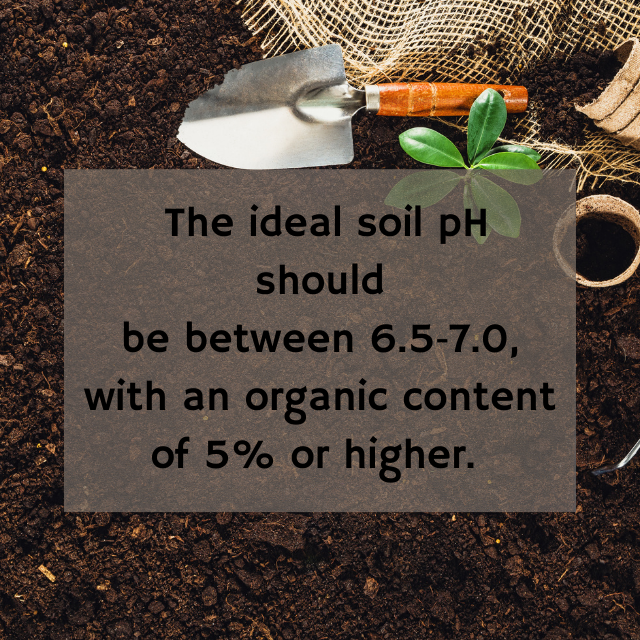 Have a problem with weeds taking over your yard and garden? Well, Beyond Pesticides offers a guide on how to “Read Your Weeds” that allows people to identify weeds in their lawn and suggests non-toxic or least-toxic solutions. Additionally, Beyond Pesticides’ webpage on Ecological Management of Invasive Species is a great resource for broad weed management.
Have a problem with weeds taking over your yard and garden? Well, Beyond Pesticides offers a guide on how to “Read Your Weeds” that allows people to identify weeds in their lawn and suggests non-toxic or least-toxic solutions. Additionally, Beyond Pesticides’ webpage on Ecological Management of Invasive Species is a great resource for broad weed management.- However, many plants that are considered weeds, have beneficial qualities. Try to develop a tolerance for some weeds. For instance, clover - considered a typical turf weed thrives in soil with low nitrogen levels, compaction issues, and drought stress.
- Organic doesn’t mean expensive. Beyond Pesticides offers a guide on how to buy organic on a budget, “The Real Affordability of Organic Food."
Other Garden, Lawn, and Pesticide Resources
Organic Gardening 101: Community Action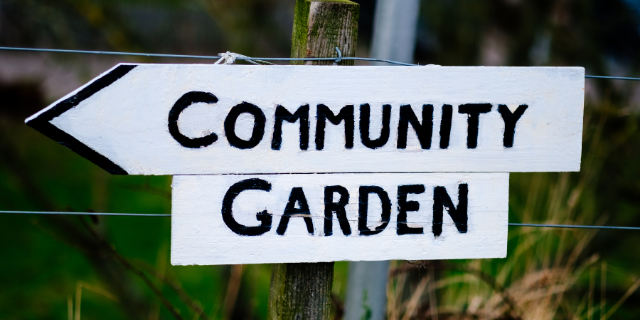
Many urban areas have community gardens where you can get your own plot if you do not have land by your residence. Community gardens in some urban environments have transformed the landscape and the community itself. Read about some successful community gardens in New York City from Beyond Pesticides' Pesticides and You journal. If you want to get your hands dirty but do not have the space or the desire to start a garden, see if there are any community-supported farms near you that could use your helping hands-on weeding or other projects.
Parks for a Sustainable Future 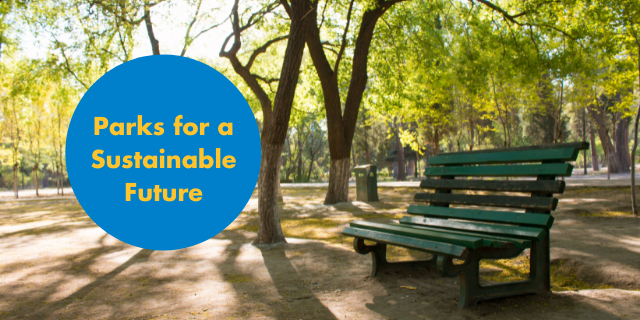
Beyond Pesticides is partnering with major retailers like Natural Grocers and Stonyfield Organic, and dozens of communities in all regions of the country to create organic communities where local parks, playing fields, and greenways are managed without unnecessary toxic pesticides.
Our Parks for a Sustainable Future program provides in-depth training to assist community land managers in transitioning two public green spaces to organic landscape management while aiming to provide the knowledge and skills necessary to eventually transition all public areas in a locality to these safer practices.
With YOUR help, we can achieve our vision!
Other Resources
- Learn about the local and national efforts to prevent exposure to toxic chemicals: State Regulations and U.S. Pesticide Reform Policies.
- Center for Community Pesticide and Alternatives Information








.png)
.png)
